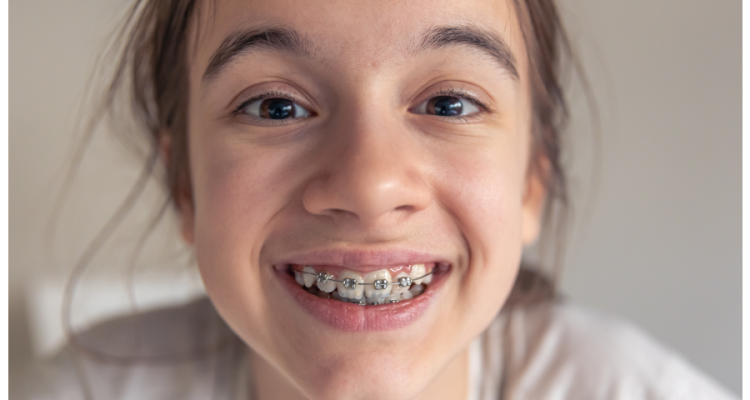
Blog Post The Modern Solution for a Perfect Smile: Clear Aligners Orthodontics Clear aligners have…

Braces are a common orthodontic treatment designed to correct misaligned teeth and bite issues, offering both functional and aesthetic benefits. Whether you’re considering braces for yourself or your child, understanding the process, types, benefits, and maintenance can help you make an informed decision. In this blog post, we’ll cover all aspects of braces, from their purpose to their care.
What Are Braces?
Braces are orthodontic devices used to align and straighten teeth, correct bite issues, and improve overall dental health. They consist of brackets that are attached to the teeth and connected by wires and bands. The continuous pressure applied by braces gradually moves the teeth into the desired position.
Types of Braces
Benefits of Braces
The Braces Procedure
Caring for Your Braces
Potential Challenges
Conclusion
Braces are a highly effective orthodontic treatment that can transform your smile and improve your oral health. By understanding the types of braces available, the procedure, and how to care for them, you can approach your orthodontic journey with confidence. If you’re considering braces, consult with the experts at Invictus Dental Clinic to discuss your options and create a personalized treatment plan.
Invictus Modern Dentistry provides top-quality dental services in a friendly environment. Our bilingual team offers exceptional care in both Portuguese and English. Transform your smile with us today!


Blog Post The Modern Solution for a Perfect Smile: Clear Aligners Orthodontics Clear aligners have…

Blog Post Everything You Need to Know About Dental Veneers Cosmetic Dentistry If you’ve ever…

Blog Post The Comprehensive Guide to Braces: Everything You Need to Know Orthodontics Braces are…

Blog Post Achieve a Brighter Smile: The Ultimate Guide to Teeth Whitening Cosmetic Dentistry A…
Invictus Modern Dentistry offers top-quality dental services in a warm, friendly environment. Our bilingual team provides exceptional care in both Portuguese and English. Experience a smile transformation with us today
© 2024. Invictus Modern Dentistry
All rights reserved